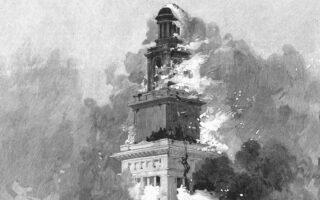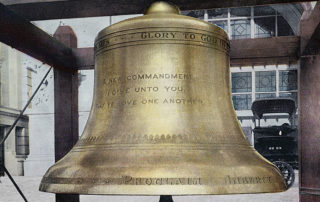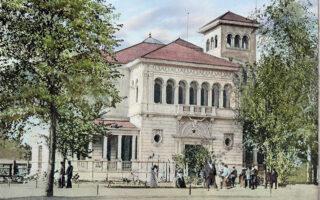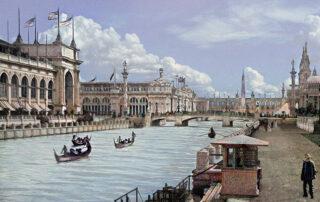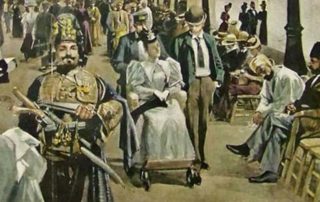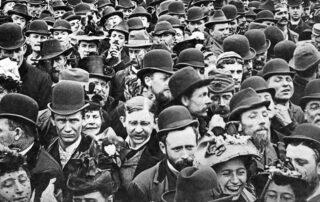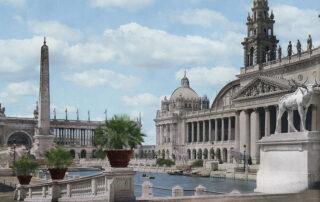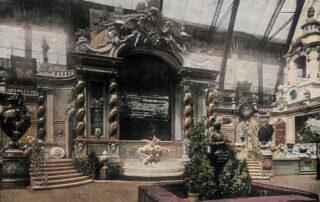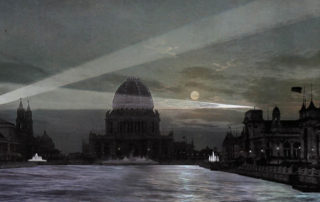Eyewitness to the Cold Storage Building fire
Mr. Bryan and Mr. King could not have imaged the infernal tragedy about to unfold at the Columbian Exposition on the afternoon of Monday, July 10, 1893. Thomas Barbour Bryan was a leading figure in the effort to bring the World’s Columbian Exposition to Chicago and had been its First Vice-President. William Fletcher King served as the president of Cornell College from 1863 until 1908. Their conversation was interrupted by smoke billowing from the cupola of a building in [...]

